What Does “At Risk” Mean?
Risk refers to how likely one is to experience a certain problem. Someone at low risk is less likely than someone at high risk to develop the problem.

For example, in a thunderstorm, everyone may have some very small risk of being hit by lightning. However, people at the top of a mountain (especially if they are holding onto a metal pole!) or out in a boat on a lake are at higher risk than people low to the ground or in a car. It is still more likely that the folks at higher risk will NOT be hit by lightning than that they will be hit by lightning, but getting down off the mountain or off the water reduces their risk.
Being at risk for psychosis is similar. We all probably carry some risk for psychosis, but some factors make people at higher risk than others. We now know that certain types or combinations of symptoms place someone at high risk to develop psychosis within the next year or more. However, just like with lightning, even those at high risk may still be more likely not to develop psychosis than to develop psychosis. They are just at higher risk than others (like the people at the top of the mountain or on a lake in a thunderstorm).
For some people, the symptoms will get better on their own, while for others, the symptoms may become more intense or problematic. Although we cannot yet predict with certainty who will and will not develop psychosis over time, we may have an opportunity to help someone not develop psychosis if we see him or her early enough. Getting help early is a little like getting off the mountain or lake in a thunderstorm.

There are a number of risk factors for psychosis. At CEDAR, we engage people with the clinical signs and symptoms that indicate high risk for psychosis within a relatively short time frame. Our hope is to reduce risk for worsening symptoms.
For more Information on risk factors for psychosis, follow this link: Preventing Schizophrenia – Tactics and Risk Reduction Strategies
